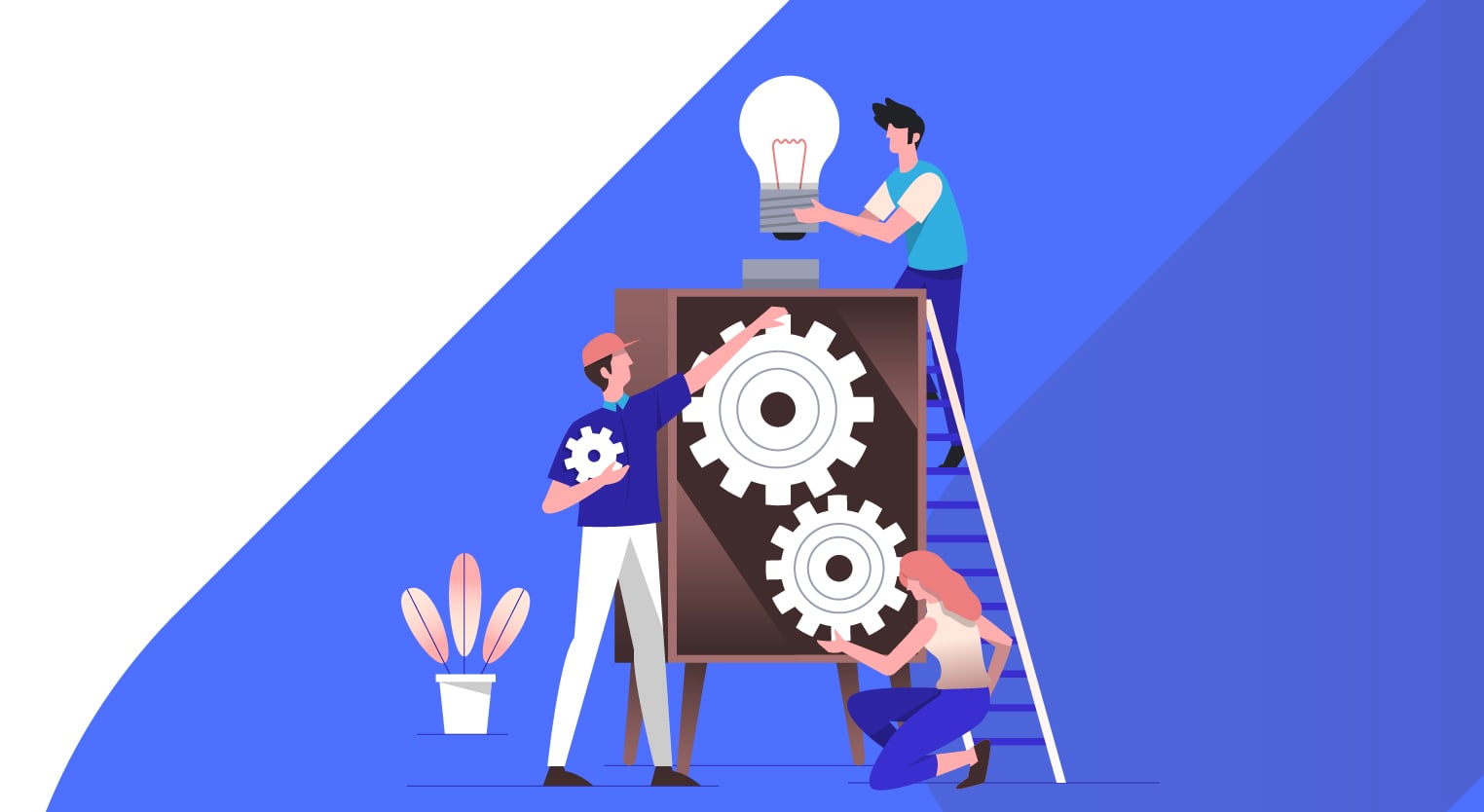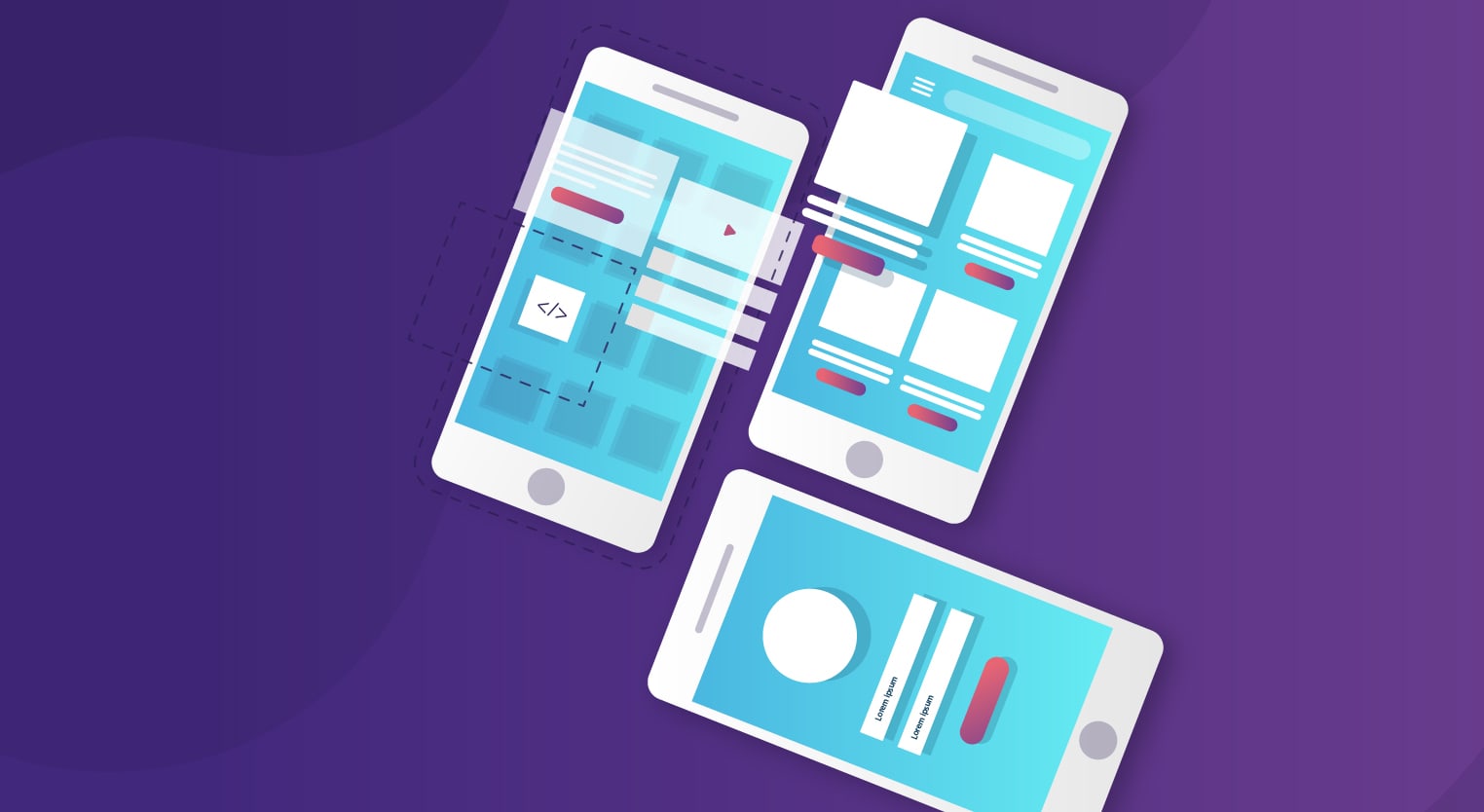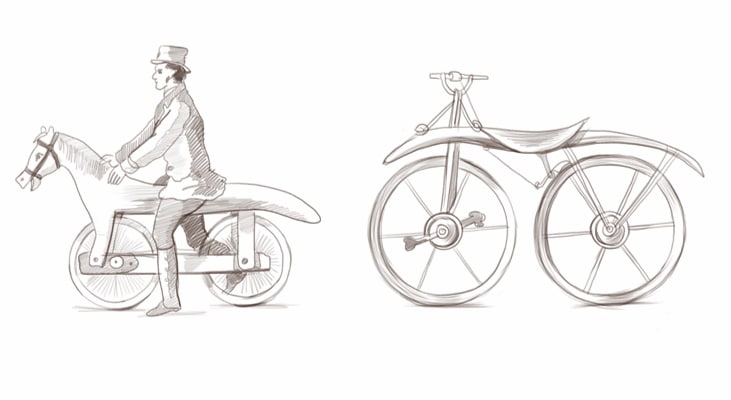Everyone knows that most of today’s top brands began their stories in dark garages with close to zero budgets. We call these companies “startups”. They have proven that you don’t need years of experience, hundreds of employees, and millions of dollars to found a successful company. Only the idea matters.
After the first few successes, the world went crazy with startups. And, along with tens of success stories, thousands of startup failure cases appeared.
Why do startups fail? The reasons differ across cases.
But if you’re aware of all risks you have to take when founding your startup - this article is exactly what you need right now. We’ll talk about common startup mistakes that can cost you a lot. Avoiding them can increase your chances of launching a ground-breaking product!
Startup mistake #1: Hiring the wrong team

An idea is the most important part of a startup story. A good team closely follows. The team is responsible for implementing your idea.
A startup is (almost) always short on money. And so, the founder always does their best to reduce expenses.
Aiming to save money, startups tend to hire freelancers: designers, developers, and test engineers. The advantage is obvious: their work costs less since you can hire a freelancer from a country with lower salaries. Even more, you don’t have to fully employ the professional, and you only pay for the work done.
However, there is one major drawback that can ruin your startup on day one: freelancers are sometimes irresponsible. If you value your requirements and deadlines then you have to choose carefully and rely on feedback from the freelancer’s past customers.
Another disadvantage is poor communication, and this is not due just to language barriers or time zone differences. When working with several freelancers at the same time, you have to invest a lot more time and effort in proper management. Even then, the quality of the end product remains under question, which is one of the top reasons startups fail.
Solution: Collaborate with a reliable development agency
Partnering with an agency has a handful of advantages:
-
Smooth team cooperation
All team members, including developers, designers, QA engineers, and business analysts work in the same office. They are able to discuss an issue or give feedback instantly, dramatically increasing the quality of the developed product and reducing development time. -
Strong background
With an agency, you usually profit from their experience with previous collaborations with other companies and startups. As a result, you can count on their insights and useful advice. -
Long-term collaboration
An agency is interested in partnership and long-term project. That’s why their team puts more effort into developing your product.
An agency’s hourly rate may scare you first, especially when you compare it to the sum charged by an average freelance professional. However, you win in the long run.
Startup mistake #2: Lack of market and buyer persona research

After hiring your team, you can’t wait to start developing your product according to your expectations. However, it’s not you that’ll pay for that product, but your users. That’s why you have to build a product according to buyer expectations.
Never skip market research. Most likely, there is already a product (or even a handful of products) that address the same problem yours will. Copying those successful products is a reason why your startup may fail.
Solution: Carefully research the market and target audience of your product
This may seem like a waste of time at first. But believe me, careful research will save you time and money in the future. This may even be your secret success ingredient.
Market research is done with a simple aim: to find out who your competition is. When you know what’s already being offered, you can develop a product that has some competitive advantages. This is the only reason that customers may switch from existing solutions to the one you offer.
Buyer persona research helps you understand your customer: their needs and preferences, what annoys them and what drives them. This information is crucial for building a product that is used, loved, and recommended further.
Don’t miss our guide on creating a buyer persona. In this blog post, we explain where to find information on your existing or potential customers, recommend effective tools and give ideas on how to use the buyer persona to take most of it.
Startup mistake #3: Skip the prototyping stage

Already understand your competition and customers? There’s still a job to be done before the actual development begins. Let’s talk about prototyping!
A prototype is a high-fidelity version of the product that represents your application design, interactions, and features. Most founders skip this stage and move straight to MVP development, but this may be a reason why do startups fail.
Solution: Develop a low-cost interactive prototype
An interactive prototype looks (and sometimes even feels) exactly like an application, but there’s no backend behind it. A prototype is used to visually present the app structure and interactions. This approach enables you to uncover any drawbacks or gaps and immediately eliminate them without a large expense. At the same time, any changes to app’s architecture are costly, so having a strong base will save you money.
As a result, you can polish your idea in the prototype stage and switch to development so you know the exact requirements and what outcome to expect.
Another benefit to software prototyping is the ability to visually present your idea to early users or potential investors. An app prototype is much more convincing than any fascinating descriptions. Also, you can count on valuable feedback. With proper app prototyping, you avoid one of the main reasons why startups fail.
If we still haven’t convinced you to build an app prototype, we have a secret weapon. This article will teach you how to create a prototype by yourself without spending a cent.
Startup mistake #4: Pack as many features into the MVP as possible
We won’t even talk about the importance of starting with minimum viable product development - this is something you should already know, and if you don’t, check out our article!
However, startup founders usually forget the essence of MVP development - releasing a product with the core feature in the shortest amount of time.
We often see startups that release a full-featured product and called it an MVP to excuse poor software quality and terrible user experience. Unfortunately, such a startup mistake is not a good way to develop an effective product.

Solution: Focus on one core feature in MVP development
You have to define your product’s essential features and focus on them. For example, if your intention is to build a car in the future, the central feature of your product should be “helping people move around faster”. As a result, your MVP should be a skateboard - a simple device that helps people move around faster, and not the body of the car that looks and feels cool but can’t move at all, since you didn’t have enough money to build an engine.
Also, you should focus on as few features as possible while still ensuring that your product delivers real value. This will help you release the product in a shorter period of time and with a smaller budget. And here is the main intention of building a minimum viable product: to get the application into the users’ hands as soon as possible, receive their feedback, and start working with it, tailoring the product to the market needs.
Startup mistake #5: Not listening to users

Some startups do everything right until this point. When the product is on the market they either relax, expecting a high income or keep brainstorming how to improve the product.
Even though the second option is a bit better, it’s still wrong. You don’t have to rely on your own ideas. It’s better to listen to the people who will pay you - your customers.
Solution: work with feedback from your users
After launching an MVP, your users should become your best friends, the source of your inspiration, ideas, and motivation.
How do you get their feedback? Ask for it. The users of your MVP are usually ready and eager to help. They will be pleased to contribute to a product they personally use. And if you implement one of the features suggested by your customers – they’ll become true ambassadors of your brand. But, don’t forget to validate every change to your product with A/B tests.
User ideas are much more valuable than your own - they reflect the true needs of the target audience. You should adhere to them, even if they don’t match your own wants.
Conclusion
Running a startup may sound adventurous and funny, but this is a risky thing indeed.
Percent of startups that fail is over 90%. They won’t even be remembered by their name. By avoiding above mistakes, you’re more likely to make it through to the winning 10%. What comes after that? Just hard work!
We at Clockwise Software have been working with startups for over four years. We’ve transformed this experience into a series of articles that every startup founder will find valuable. Check out our featured posts! Many more are about to come. So, don’t hesitate to subscribe to our blog – we’ll guide you, from refining your idea to a successful product launch and beyond!



